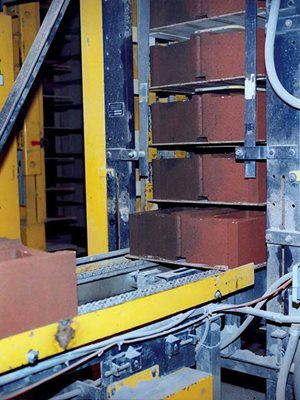
CMU stands for Concrete Masonry Unit. These are standardized concrete blocks commonly used through the construction industry. They are prized for their versatility and efficiency. This makes CMU blocks a popular choice for commercial and municipal projects. The utilitarian nature of CMU structures doesn't mean they have to be dull. The are many things you can do to improve the appearance of a CMU wall.
Colored concrete blocks can be one of the highest impact improvements to a CMU wall. Integral pigments are added to the mix when manufacturing concrete block. This creates a concrete block or masonry unit that is colored consistently on all sides. Most of these are standard "cinder block" units in red, brown, black, or gray. Yellow, tan, buff, and other earth tones are also popular. Some of these concrete products may also have textured faces.
No matter the form factor, colored concrete blocks are an effective way to improve CMU walls. Upgrading from a standard gray block to a colored block only increases costs marginally. Other finishes such as split face blocks, burnished blocks, or textured block will increase the cost more. However, these additional options will help the block wall feel less industrial and more like an architectural element. Masonry units should not be neglected as they can make up upwards of 75% of the visual surface.
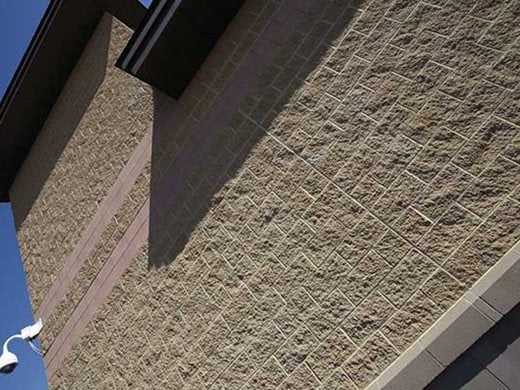
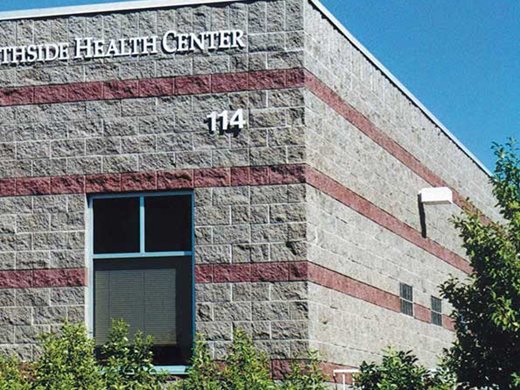
While masonry units make up the majority of a wall's face, mortar is still a large percentage of that area. Coloring mortar is another cost effective way to impact the appearance of a CMU wall. Mortar color is a powdered pigment mixed with mortar just like integral colors for concrete. With on-site mortar mixers, coloring mortar can be done easily and efficiently using per-weighted coloring units.
There are two ways to approach mortar color from a design perspective. The first and most common method is to choose a complimentary or matching color. Selecting a mortar color that closely matches the block makes a uniform appearance. This creates a subtle and subdued appearance desirable in most applications. For more bold designs, a contrasting mortar color can be used. Contrasting mortar colors bring attention to the block and can make the block color "pop" in a bold fashion.
Sometimes it's not always possible to color a concrete masonry unit wall during construction. Surface applied coloring products are a necessity for renovation or repair projects. In other cases, the desired color is not feasible with integral mixes. These often include bold colors or specialty colors like blues or greens. This is where Cem-Coat is a valuable tool. Cem-Coat is a surface applied, cementitious recoloring product. It bonds strongly with concrete, mortar, and some masonry surfaces to create long-lasting opaque color. As a low-build material, Cem-Coat will not greatly affect texture unless it is over-applied.
Cem-Coat is applied much like a paint. It can be rolled, brushed, or sprayed. When coloring vertical surfaces or textured surfaces, spray application with an airless sprayer is the best choice. This results in a lower build and a higher coverage rate. As Cem-Coat can also be brushed, it is a good option for detailed work in tight areas or for patterns and intricate designs. Cem-Coat is a natural choice for more artistic projects that are meant to be permanent.
Vertical Mix is an interesting choice for the most sophisticated projects. Using a CMU wall as a structural base, Vertical Mix can be stamped to create faux brick or stone patterns. It can also be custom carved into almost anything. Artisans can use Vertical Mix to create durable vertical designs that serve as small accents or as massive themed installations. Vertical Mix can be integrally colored for a consistent base color. Once it has cured, it can be colored using Cem-Coat and ARTesian water-based stains.
As with decorative concrete, sealing a CMU wall can improve color and protect the appearance. Unlike decorative concrete paving, however, a high gloss appearance isn't generally desired on vertical surfaces. Satin and matte finish sealers are are the product of choice. Many sealers commonly used on stamped concrete and flatwork can also be used on CMU and masonry surfaces. Make sure to check the appropriate technical documentation and compete mock-ups before use.
Uremax is a common choice. It is a two-part, water-based polyurethane coating. It is well suited as an anti-graffiti barrier and water repellent. Another common choice for concrete masonry is Stealth-Seal. It is a non-film forming sealer that protects against mildew and staining. It is also water-based and low VOC. These are not the only sealer products available, but both are suitable for a wide range of CMU applications.
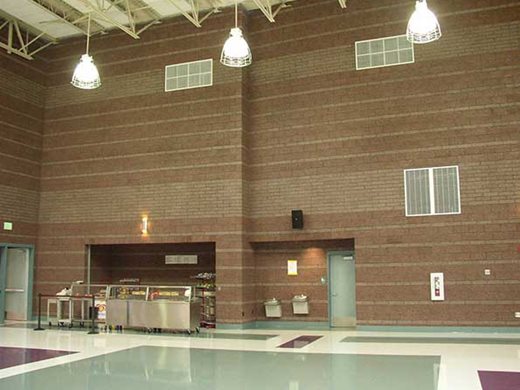
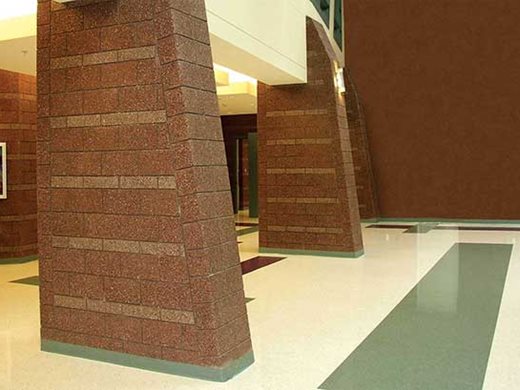
Explore impressive concrete installations to find inspiration for your next project.
Find out how much color and fiber you'll need for any size project.